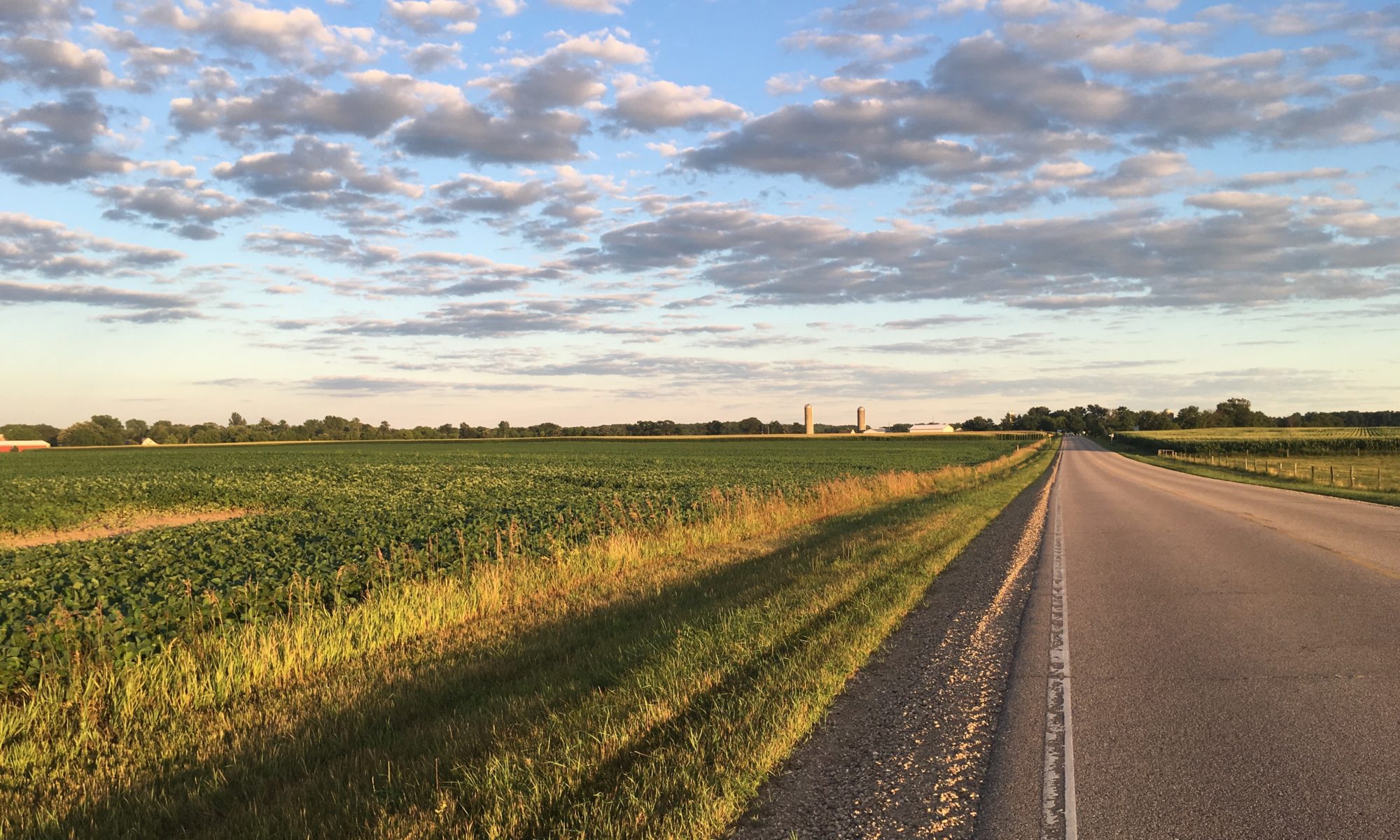Sometimes, Wednesday is all about using Wordsmith.org’s word of the day as a writing prompt and posting something by midnight. Past essays, poems, and flash fiction pieces can be found under the Wednesday’s Word category.
It’s Humpday, and it’s rainy, and I’m feeling kind of Flashy. I thought I might take on the word of the day – lancinate: to pierce or tear – but that sounded dangerous. Besides, the prompt I really wanted to tackle came from a listen to the radio a few weeks ago.
Through fortunate events, my husband and I wound up with free satellite radio for a whole month. Similar to satellite TV, there’s an overflow of options, most of which (like NASCAR radio) I could do without. One station, though, I quickly fell in love with: The Coffeehouse, a collection of acoustic songs that are really stories woven into musical threads. A writer’s dream. Well, this writer’s dream. Maybe you prefer the Liquid Metal station. Anyway….
The Coffeehouse is where I heard Suzanne Vega’s acapella version of “Tom’s Diner.” This song, like a good story, uses tempo to pull the listener along and incorporates pauses to allow the listener’s mind to wander. Just for a second. Just long enough.
Even if you don’t read the flash fiction piece below, listen to the song. I dare you not to write from it. You might even find a way to squeeze in the word of the day, too.
*****
The Continental
Nostalgia can be hazardous, Jenny thought, as she walked into The Continental. Just look at this place.
The original horseshoe counter had a tinge of antique color to it. The floor was sticky, probably caked in diner grease. A rotary phone hung next to the register. A rotary! And, the griddle sat off to the side, out in the open, where anyone could see the cook flip patties and wipe the spatula on his apron.
This place is neither efficient nor healthy, she figured, but it was the only place around. She grabbed the first open seat at the counter, a metal-rimmed stool with a vinyl cover that – of course – had a crack down its center. When she sat on it, the edges of the broken vinyl fell together and pinched her in a tender place on her thigh. She jumped and cried out. The waitress walked over.
“What can I get for you, honey?” The waitress cleaned the space in front of Jenny with a wet cloth and set a napkin down.
“Coffee,” Jenny said. She dried the counter with the napkin. “To go, please.”
“To go?” the waitress repeated.
“I’m waiting for a tow-truck,” Jenny said. “I won’t be long.”
The waitress shrugged and pulled out a white, ceramic cup. “Tastes better in a cup. And, I know that tow truck. He takes twice as long as he says.” She filled the cup to the very top and walked away. Jenny looked around, but no one else seemed unnerved by the waitress.
Jenny had blown a tire a few blocks down from the diner and ended up calling Information for a mechanic in town. She hated calling a mechanic, but while she knew how to change the tire, she didn’t have the strength. She dialed the number and was told forty-five minutes. She thought a slow walk to the diner and back would kill time. But, after hearing forty-five minutes would be more like an hour and a half, she regretted sitting down.
Next to Jenny, an old woman pulled up her purse and began rummaging. As she dug around, the aroma of Doublemint gum filled the air, and Jenny thought she smelled Aqua Net. She turned away, so she wouldn’t be tempted to peek at the contents of the old woman’s bag.
A bald man with a goatee sat at the end of the counter, next to the coffee burner. He refilled his own cup and worked a crossword puzzle with a gnawed pencil. “What it doesn’t hurt to do,” he said to the man next to him. “Fourteen down. Three letters. Should be easy, right?” The two men stared at each other for a minute.
“Ask,” said the woman with the purse. “A-S-K.” She turned to Jenny. “Men.” Then, she turned back to her rummaging.
Jenny snickered to herself and sipped her coffee, which was now cold. She waved at the waitress, who waved back. The waitress was busy, tapping her pen on her pad, while a young couple at the corner table giggled over the menu. The young man said something, Jenny couldn’t catch it, and held up two fingers. Then, he brushed a piece of hair behind the young girl’s ear.
Jenny’s body softened.
The woman next to her smiled.
The man with the goatee folded his paper and hit his pencil against it.
The phone rang, genuine, and the bus boy answered.
“More coffee?” the waitress asked. Jenny hadn’t noticed when she walked up.
“No. Well…yes. Thank you. I suppose you’re right. I should stay a while.” Jenny ordered a cup of clam chowder and a grilled turkey sandwich. The waitress winked, clicked her pen, and gave Jenny’s order to the cook.



